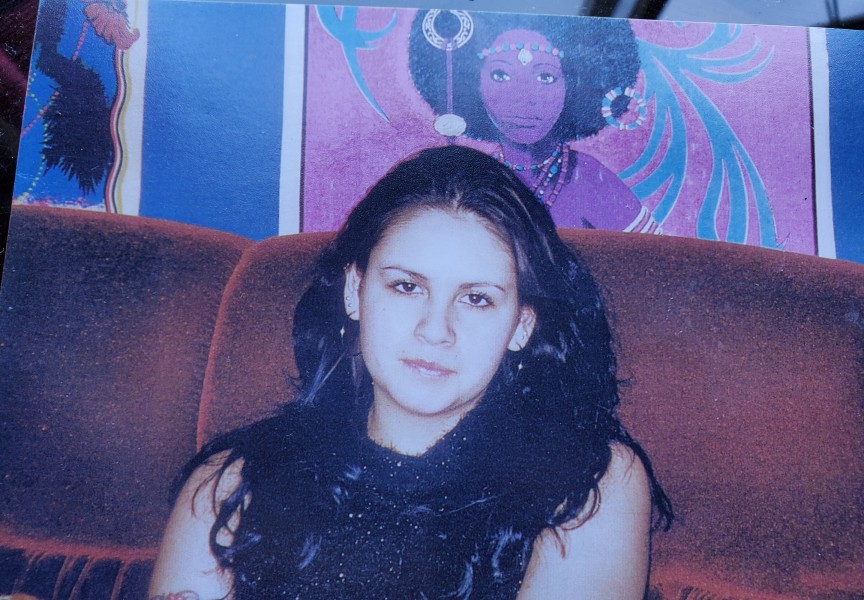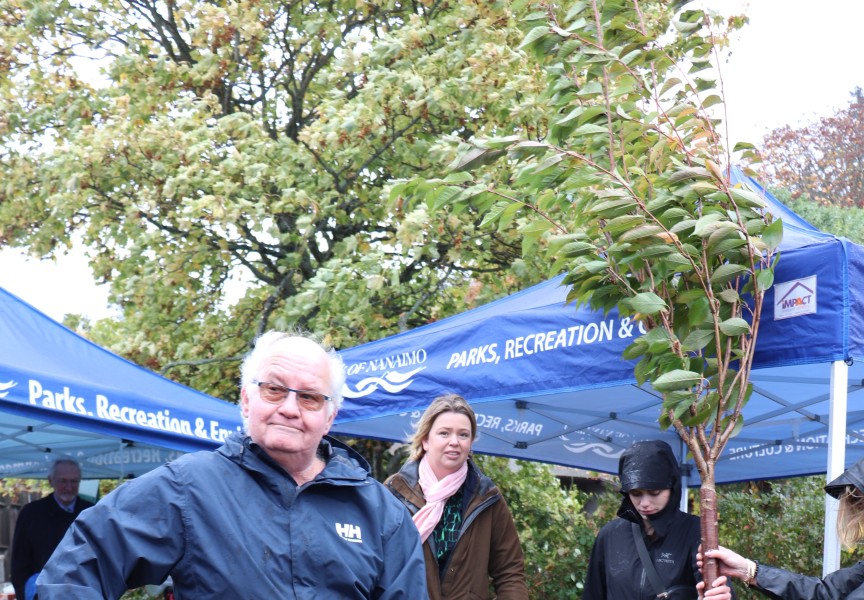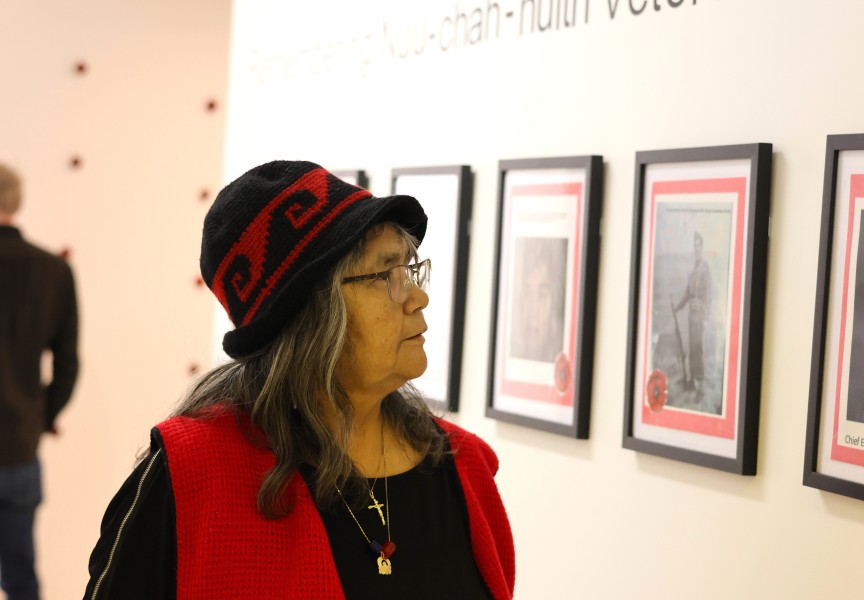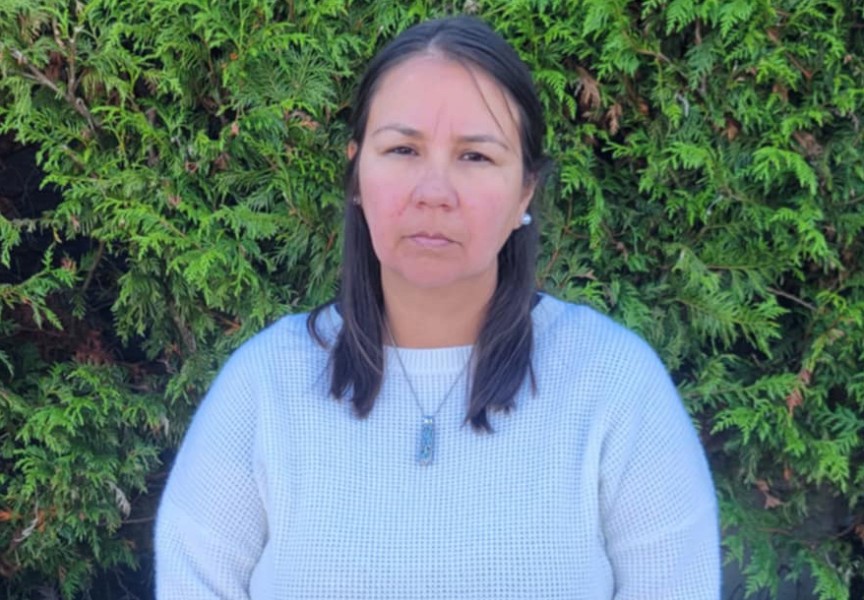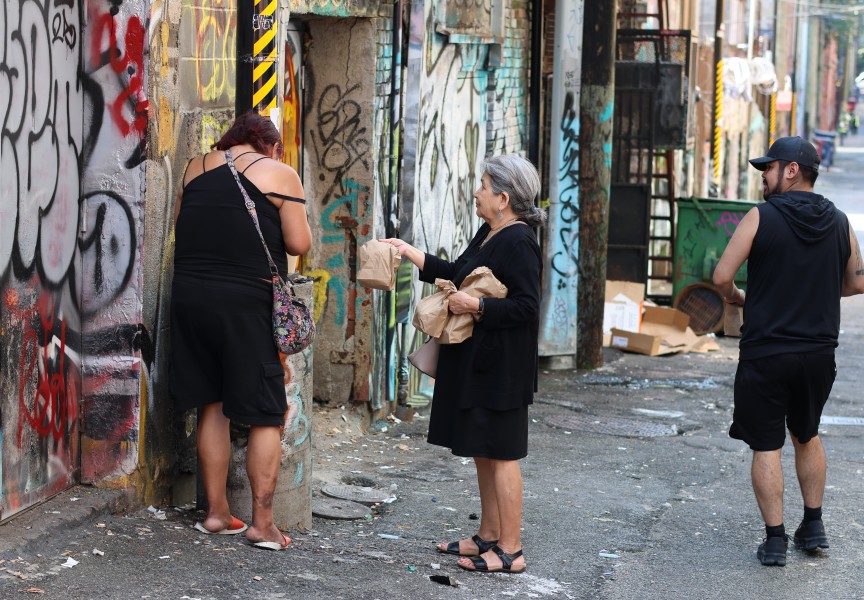Since 1992, women have been gathering on Valentines Day in the Downtown Eastside for the women’s memorial walk in honor and remembrance of the missing and murdered Indigenous women, girls, and gender diverse peoples (MMIWG2S+).
According to the Native Women’s Association of Canada, British Columbia holds the highest number of MMIWG2S+ cases. Of the 582 missing or murdered cases that the NWAC gathered, 160 were in British Columbia, making up 27 per cent of the organization’s database as of 2010.
But others believe there could be close to 4,000 cases of MMIWG2S+ across Canada. The organizers of the Downtown Eastside memorial walk publish a list of names of missing and murdered women, girls, and gender diverse people, which has reached roughly 1,500 from the area who have been missing or murdered since 1992.
“Downtown Eastside isn’t just women from other places, there's actually Nuu-chah-nulth women on that list,” said Lisa Watts, Nuu-chah-nulth MMIWG support worker.
Of the 10,000 Nuu-chah-nulth people, there are 53 women who were murdered or died under suspicious circumstances, and two who remain missing.
Watts explains that the tragedies extend beyond their territory, as Nuu-chah-nulth women have been impacted in DTES, Seattle and across North America.
“We're at 100 per cent affected at the Nuu-chah-nulth tribal level simply because we're all connected,” said Watts. “It's not uncommon to find people that know a loved one that was murdered.”
Colonization has been known to have disrupted Indigenous communities and culture through residential schools, foster care systems and potlatch bans. It also disrupted how Indigenous women are viewed.
“Since contact…the system has interrupted Nuu-chah-nulth as a whole,” said Watts. “Men were the rulers and women were possessions. That was not true in our society.”
“Colonialism changed the view of how women are to be seen and perceived and respected,” she added. “The bigger society fully believes, and I think it's still to this day, that Indigenous women are less than, and that, I guess would be easier and more disposable.”
“When one of our women go missing… or found dead or alive, non-Aboriginal people always say they put themselves in this predicament,” said Quu’asa Coordinator John Gomez. “But they did not put themselves in that place. That was a system that was created that put us in that place.”
‘They don’t take action right away’
For Nora Martin, Chamaatookwis of Tla-o-qui-aht, her granddaughter Chantel Moore was shot by an RCMP officer in 2020 during a wellness check.
Martin has been involved in memorial marches since.
“Anytime any of our people go missing, they don't take action right away. Sometimes I think our lives are not valued at all,” said Martin when speaking about the RCMP.
Martin adds that from the individual inquiries she’s aware of, what has been recommended by families has been delayed or not implemented at all.
“I believe that we all need to work together with survivors, the communities, the townships or wherever we're living… to make these changes to implement those recommendations that were brought forth by different families,” said Martin.
Carol Frank is a Tla-o-qui-aht member, advocate for MMIWG2S+ and aunt to Lisa Marie Young. Young was 21 years old when she went missing in Nanaimo in 2002.
Frank explains that she is part of the Lisa Marie Young group, which gets community support to fund initiatives like the Red Dress Project, which keeps her picture on the billboard by Nanoose. The group does searches on their own as well.
Frank explains that each year they’ve held a march to remember Young and the other missing and murdered Indigenous women, girls, and gender diverse folks. This walk happens annually in June, around the time that Young went missing.
“Trying to keep her name out there [and] hopefully somebody will come forward with some information,” said Frank.
She said that Indigenous people are not properly represented, so the government treats those missing and murdered individuals as another number.
“It’s really important for people to know who it is that’s missing,” said Frank.
“We need to continue to speak up because it’s not right,” she continued. “[We need] to get them to listen to us and work in partnership with the provincial and federal government.”
At the National Conference with the Assembly of First Nations, Frank learned that there was funding going out to communities, but this is something that many families do not know.
“That’s something we need to bring forward to our community,” said Frank. “There’s not much money going to the families of missing and murdered Indigenous women.”
Frank explains that this knowledge is important to get out to families because some can’t cover the cost of things such as posters.
For Watts, upholding families and advocates is critical.
“They're doing the toughest work in the whole world,” said Watts. “Wanting to know what happened to their loved one, [and] finding out for their family.”
Billions in support committed
Canada’s Department of Justice has funded services that support families of MMIWG2S+ in their healing through Family Information Liaison Units and for community-based organizations that provide culturally grounded grief and trauma support.
In the 2021 Budget the federal government allocated $724.1 million to launch a Violence Prevention Strategy to support Indigenous women, girls, and gender diverse people who face violence. The funding offers opportunities for new shelters and transition homes across the country that will support First Nations, Inuit, and Métis people.
Leah Gazen, the NDP’s critic for Women and Gender Equality, released a statement one day prior to the memorial walk in DTES, stating that of the $724.1 million for a Violence Prevention Strategy, the Liberals have only utilized five per cent of the funding.
“This delay is costing lives. We should not have to beg for our safety and human rights to be taken seriously,” the statement reads.
The 2021 budget also includes allotment for the ongoing response to the National Inquiry of Missing and Murdered Indigenous Women and Girls with a budget of $2.2 billion over five years, and $160.9 million per year. As part of this support, $55 million is set aside for organizations to address the root causes of violence against Indigenous women, girls and gender diverse people with gender-based violence prevention programming.
The societal phenomenon continues to be recognised by B.C.’s government as well.
"The urgency of this issue and the need for progress on reconciliation and meaningful action is woven throughout everything we do,” said a statement from the province on Feb. 14.
The statement stressed the need for transitional and safe homes for women and children experiencing homelessness or violence, noting the province's efforts in an action plan addressing gender-based violence alongside Indigenous partners and an advisory group.
“I think it's a starting point only - we're not halfway through. We need a lot more,” said Watts, reflecting on the work underway regionally and nationally.
Both Martin and Frank said they have seen not seen change for MMIWG2S+.
“I think that the Downtown Eastside women led the awareness across Canada,” said Watts. “It was done by a small group of women who said, ‘We need this to stop, and this is how we're going to make it happen’.”






